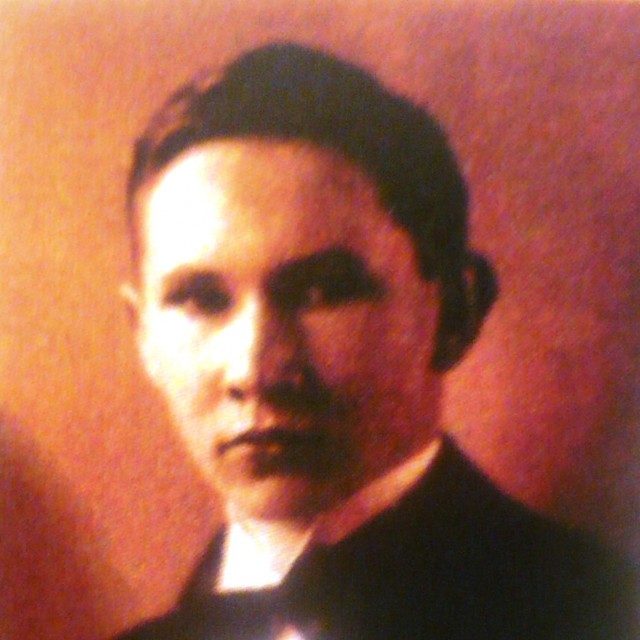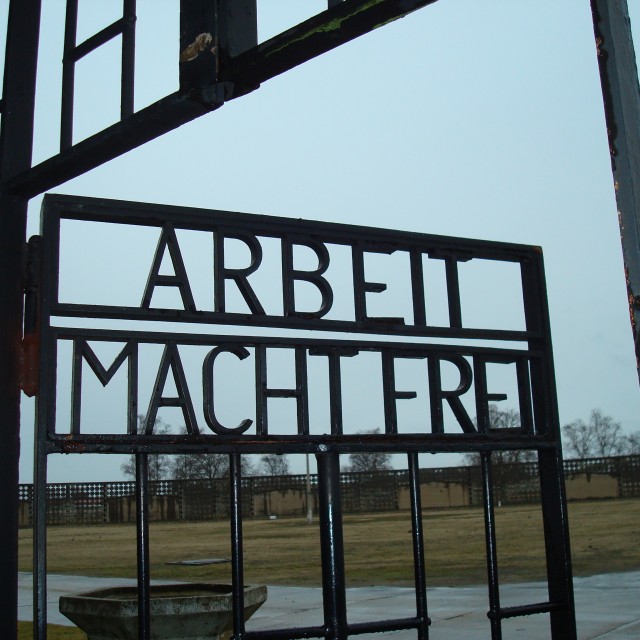Even the dead had to be on the Apel
Jan Šabršula got to Sachsenhausen in November 1939 together with the other students who were arrested after the anti-Nazi demonstrations in Prague. The conditions in the camp were disastrous. Up to 150 people were crammed in one room, the only food they received for the entire day was watery soup and a small piece of bread. During the day the prisoners worked extremely hard, those lacking strength to stand the work or those who were late for the evening “Apel” were usually beat to death by SS wardens. Every evening the prisoners were bringing their dead friends on their backs. “Even a dead heftling had to be on the Apel,” says Jan Šabršula. Many people threw themselves on electric wires in despair. On a frosty night of the 18th to 19th January 1940 the prisoners had to stand outside all night for the vanity of the “Lagerführer”. About three hundred people froze to death.
Hodnocení
Hodnotilo 0 lidí
Routes
Not a part of any route.
Comments
No comments yet.







